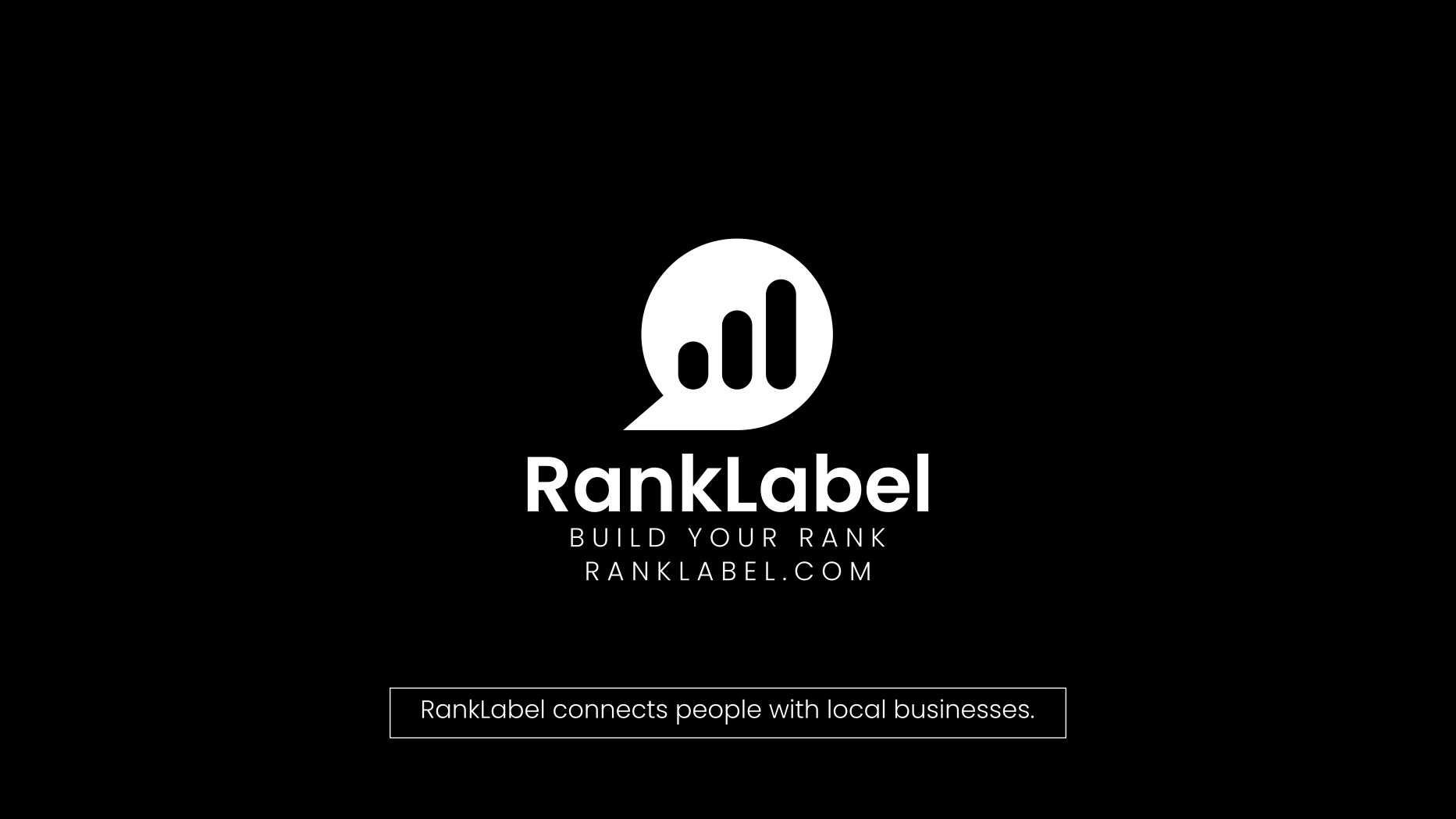The Transformative Role of 3D Printing in Healthcare and Beyond

The advent of 3D printing technology has revolutionized numerous industries, with healthcare standing out due to its profound impact on both patients and medical professionals. This technology, once primarily associated with prototyping services and the creation of 3D printed mechanical parts, now plays a crucial role in developing medical devices, prosthetics, and even complex tissue structures. The versatility and efficiency of 3D printing promise a future where personalized medicine is the norm, not the exception.
Understanding 3D Printing in Healthcare
3D printing, or additive manufacturing, involves creating three-dimensional objects from a digital file, layer by layer. This technology has found a significant place in healthcare, providing customized solutions that were previously unthinkable. From prosthetic limbs tailored to fit individual patients perfectly to models for surgical planning and implant design, the benefits are tangible and growing.
- Personalized Solutions: 3D printing allows for medical devices and aids to be specifically designed to match the patient’s unique anatomy, leading to better outcomes and comfort.
- Cost Reduction: Traditional methods of manufacturing medical parts can be costly and time-consuming. 3D printing reduces these costs significantly by streamlining the production process.
- Innovation Speed: Rapid prototyping enables quicker development and testing of medical products, accelerating innovation and the availability of new solutions.
Prototyping Services: From Concept to Reality
Prototyping has always been a critical step in product development, allowing engineers and designers to explore design concepts, test functionality, and gain invaluable feedback before full-scale production. The integration of 3D printing into prototyping processes has not only sped up these activities but also enhanced the precision and flexibility of the prototypes being created.
- Speed: 3D printing technologies can produce parts within hours, which significantly speeds up the iteration cycles for prototypes.
- Versatility: Multiple materials can be used in a single print, allowing for more complex and functional prototypes that closely mimic the final product.
- Cost-Effectiveness: Reducing the dependency on tooling and other traditional manufacturing necessities, 3D printing lowers the cost barriers for prototype development.
3D Printed Mechanical Parts: Enhancing Manufacturing Efficiency
The use of 3D printing for mechanical parts isn't just about creating objects; it's about redefining what's possible in manufacturing terms. Industries ranging from automotive to aerospace have embraced 3D printed components for their ability to reduce weight, consolidate parts, and shorten the supply chain.
- Complex Geometries: With 3D printing, designs that were once considered too complex to be economically feasible are now possible. This capability allows for the production of mechanical parts with integrated functionality and optimized designs.
- Material Efficiency: Traditional manufacturing processes often result in significant waste. 3D printing minimizes this waste, as it uses only the material necessary to build the part, layer by layer.
- Customization: The flexibility of 3D printing supports the economical production of customized or small-batch parts, essential in industries like aerospace where each piece must perfectly fit unique specifications.
Case Studies: Real-World Applications of 3D Printing in Healthcare
Real-world applications of 3D printing in healthcare vividly illustrate its transformative potential. Several case studies highlight how different sectors within the healthcare industry are benefiting from this technology.
- Prosthetics: Companies are using 3D printing to create prosthetic limbs that are affordable, lightweight, and custom-fitted to the user’s body, drastically improving the user's quality of life.
- Surgical Planning: Surgeons often use 3D printed models of a patient's anatomy to prepare for and practice complex operations, which can improve surgical outcomes and reduce operation times.
- Bioprinting: Researchers are exploring 3D printing with materials that contain living cells to create tissue structures that may one day be used for organ transplants.
Challenges and Future Prospects
Despite its impressive advancements, the journey of 3D printing in healthcare is not without challenges. Issues such as regulatory approvals, material limitations, and ethical concerns need to be navigated carefully. However, the ongoing research and collaboration among tech developers, medical experts, and regulatory bodies suggest a promising direction. The future of 3D printing in healthcare points towards more personalized treatments, faster recovery times, and perhaps, a solution to the organ transplant shortage.
Conclusion
The integration of 3D printing into healthcare and other sectors related to the production of mechanical parts is more than just a technological upgrade; it is a paradigm shift that promises to redefine what is possible in medicine and manufacturing. As these technologies continue to evolve, they will undoubtedly unlock new possibilities that will improve not only how products are made but also how medical care is delivered, emphasizing a future where personalization and efficiency are at the forefront. The role of 3D printing is set to expand, and its full potential is just beginning to be explored.











